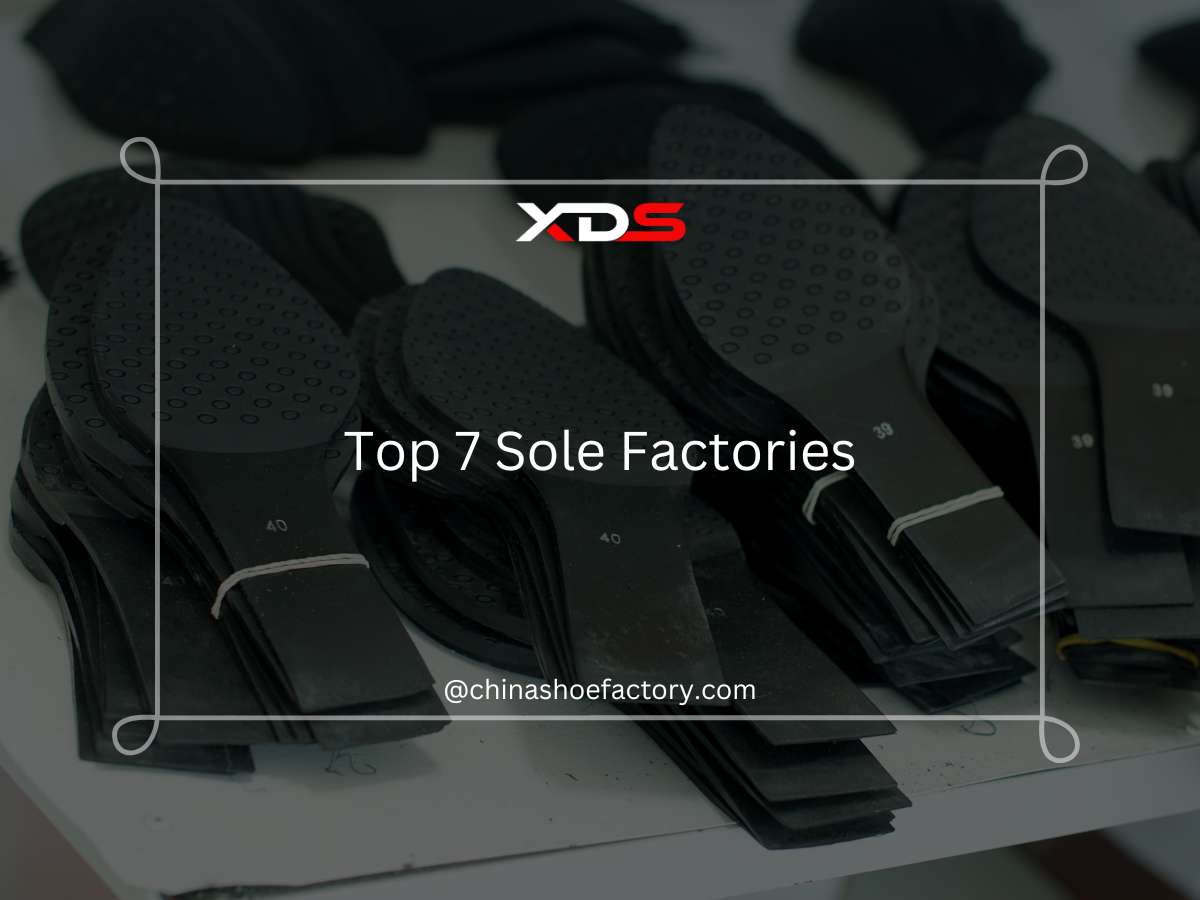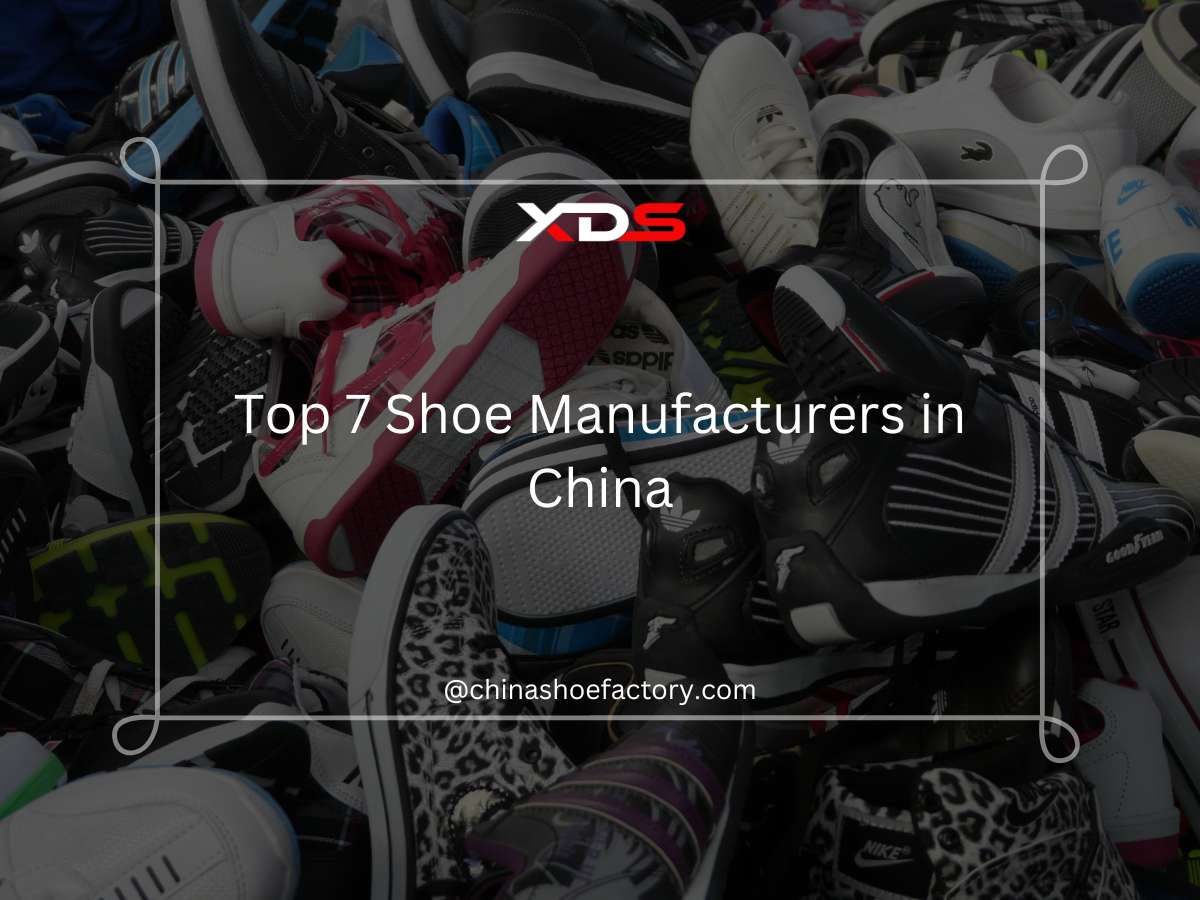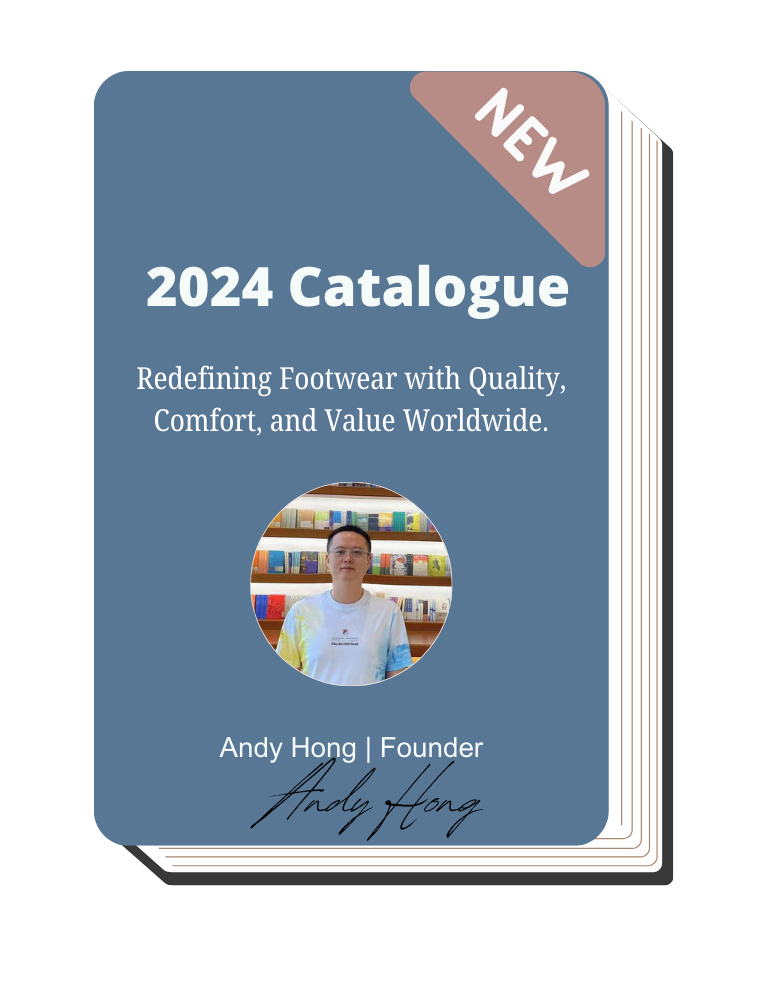Criss Cross Lacing: Quick Tips for Perfect Fit

Author: Andy Hong | Founder at XDS
Hi, I'm Andy Hong, here to share my expertise in footwear manufacturing with you.
Criss Cross Lacing: Quick Tips for Perfect Fit
Table of Contents
Have you ever picked up a perfectly designed shoe, only to feel disappointed by the sloppy lacing? I have. And so have countless customers.
The way a shoe is laced affects its first impression, whether it’s sitting on a retail shelf, a product photo, or being unboxed by a buyer.
If you run a shoe store or wholesale business, mastering criss cross lacing is a simple way to enhance product appeal. It keeps laces secure, ensures a clean presentation, and helps prevent returns due to comfort issues.
In this guide, I’ll walk you through the exact technique used by top brands to maintain consistency across thousands of pairs.
By the end, you’ll have a foolproof method to improve product displays, streamline packaging, and boost customer satisfaction—all with one small adjustment.
Let’s dive in!
1. What is Criss Cross Lacing?
Criss cross lacing is the most common and widely used shoelace pattern, where the laces cross over each other in an alternating pattern from one side of the shoe to the other. It provides a balanced fit, even tension, and a clean appearance, making it a standard choice for sneakers, dress shoes, boots, and athletic footwear.
Why It’s Popular?
- Even Pressure Distribution: Reduces discomfort by spreading tension evenly across the shoe.
- Secure Fit: Keeps shoes snug without being too tight.
- Easy to Adjust: Quick to tighten or loosen as needed.
- Universal Application: Works for nearly every shoe style, from casual to performance footwear.
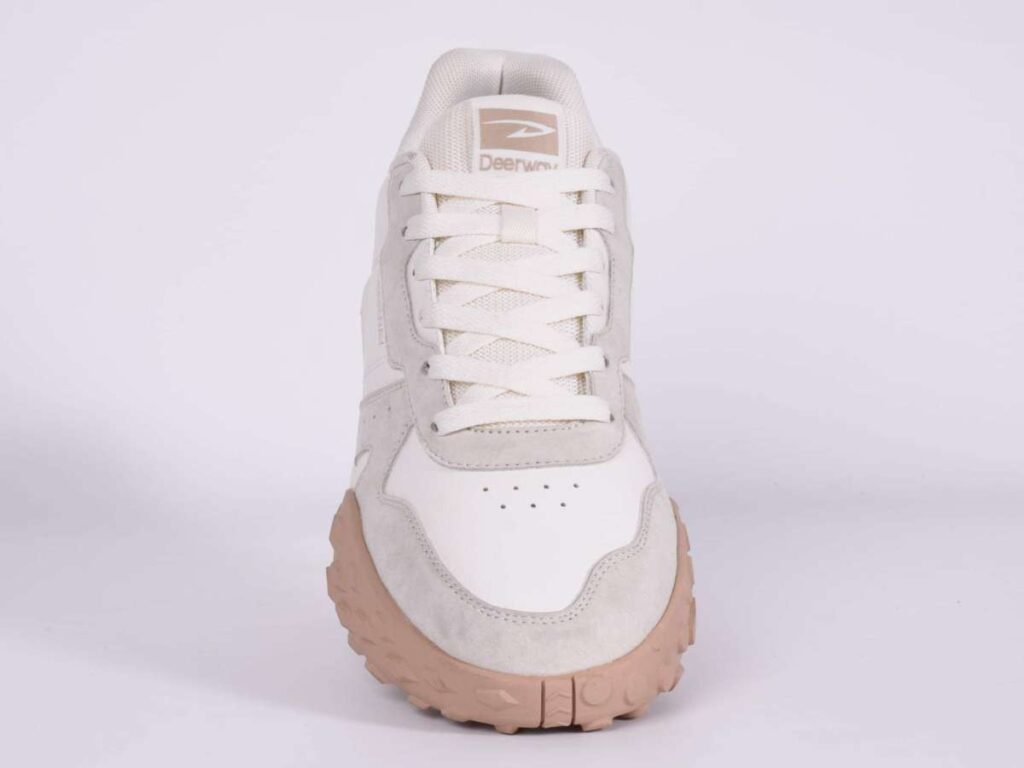
2. Techniques on How to Criss-Cross Lacing
Getting the perfect criss cross lacing isn’t just about threading laces through holes—it’s about creating a secure, comfortable, and polished look that works for any shoe. Whether you’re a brand owner, distributor, or retailer, knowing how to lace shoes properly can improve presentation, enhance fit, and even reduce customer returns.
Here’s the technique for achieving a clean, professional criss cross lacing:
Start at the Bottom
Begin by threading the lace straight across the bottom eyelets from the inside and pulling both ends outward evenly. This ensures a balanced starting point, preventing uneven tension from moving up. Keeping both sides equal from the start also makes the final presentation look neat and symmetrical.
Create the First Cross
Take the left lace and cross it over to the next open right-side eyelet, feeding it under the sides and up through the top. Repeat the process with the right lace, crossing it over to the left side and threading it through the eyelet the same way. This alternating pattern creates a strong, secure base while keeping the laces snug against the shoe.
Repeat the Pattern
Continue the same crisscross motion, moving upwards one eyelet at a time. Always feed the lace under the sides and out through the next open eyelet, maintaining even pressure across the shoe. This method prevents uncomfortable tight spots, allowing for a uniform fit that holds its shape throughout wear.
Finish at the Top
Once reach the last pair of eyelets, adjust the tightness for comfort and secure the laces with preferred knot. A standard bow works for everyday wear, while a double knot adds extra hold for athletic or performance shoes. This final step locks in the fit, making the shoe ready for display, shipment, or immediate use.
3. Style Benefits of Criss-Cross Lacing
Lacing isn’t just about function—it’s part of the shoe’s presentation, feel, and overall experience. I’ve seen firsthand how a simple lacing technique can change the way a shoe looks and fits. Whether you’re in manufacturing, retail, or e-commerce, criss cross lacing is a small detail that makes a big impact on both style and comfort.
Classic and Professional Look
Criss cross lacing provides a traditional, clean appearance that works well across all shoe styles. Whether it’s sneakers, dress shoes, boots, or athletic footwear, this method creates a symmetrical and polished finish that customers expect. It also ensures that shoes look consistent and well-presented on store shelves, online product images, or in packaging.
Quick and Easy to Lace
In fast-paced production lines or retail setups, time matters. I’ve watched workers lace shoes in bulk, and nothing beats the efficiency of criss cross lacing. It’s simple, repeatable, and easy to adjust, making it the best option for brands that need speed and consistency. Customers also appreciate a lacing style that’s easy to re-do without confusion.
Even Pressure for Maximum Comfort
Ever tried on a shoe that felt too tight in one spot but loose in another? I have, and it’s frustrating. Criss cross lacing spreads pressure evenly, preventing discomfort or hot spots. This is key for sneakers, work boots, and everyday shoes, where a balanced, snug fit makes all the difference. A comfortable shoe means fewer returns and happier customers.
Reliable and Secure Fit
I used to wonder why some shoes always seemed to come untied while others stayed secure all day. Turns out, lacing matters more than we think. With criss cross lacing, the laces hold their position better, reducing the need for constant adjustments. For businesses, this means fewer customer complaints about loose laces or uncomfortable fits.
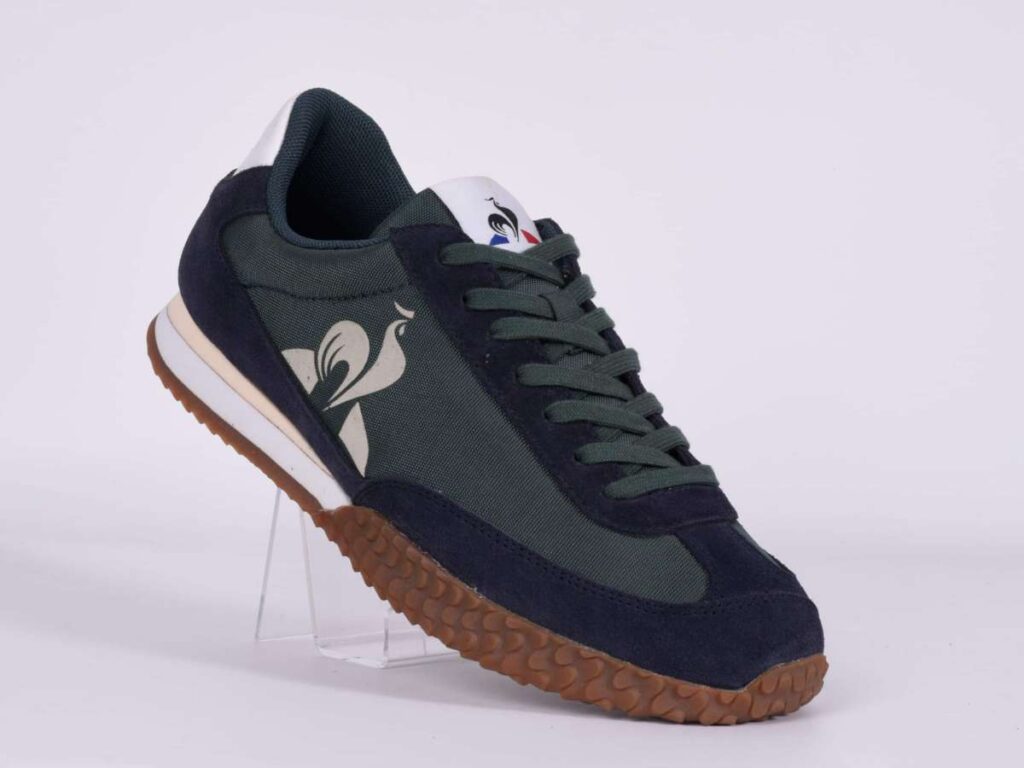
4. Criss-Cross Lacing Shoelace Length Guide
Choosing the right shoelace length is essential for a clean look and comfortable fit. The number of eyelet pairs on a shoe determines the ideal lace length, ensuring a secure and polished finish. Use the table below to find the correct size for criss cross lacing.
| Pairs of Eyelets | Length Needed (cm/in) | Lengths Available |
| 2 | 71 cm / 28 in. | 27″ |
| 3 | 81 cm / 32 in. | 36″ |
| 4 | 92 cm / 36 in. | 36″ |
| 5 | 102 cm / 40 in. | 40″ |
| 6 | 113 cm / 44 in. | 45″ |
| 7 | 123 cm / 48 in. | 45″ |
| 8 | 134 cm / 53 in. | 54″ |
By selecting the right shoelace length, you enhance both function and presentation, whether for retail displays, e-commerce photos, or customer satisfaction.
Conclusion
Criss cross lacing is simple, effective, and trusted by top footwear brands worldwide. It creates a balanced fit, a clean look, and a secure hold, making it the ideal choice for both function and style.
We’ve covered how it works, why it matters, and how to get it right. Now, the question is—will you apply it to your products?
At XDS, we manufacture and supply expertly crafted shoes that are built for performance, comfort, and aesthetics. We understand the details that matter—including lacing, design, and materials.
Contact us today and let’s upgrade your shoe business to the next level?
Quick Quote
Fill out the form, get the quote in hours!

